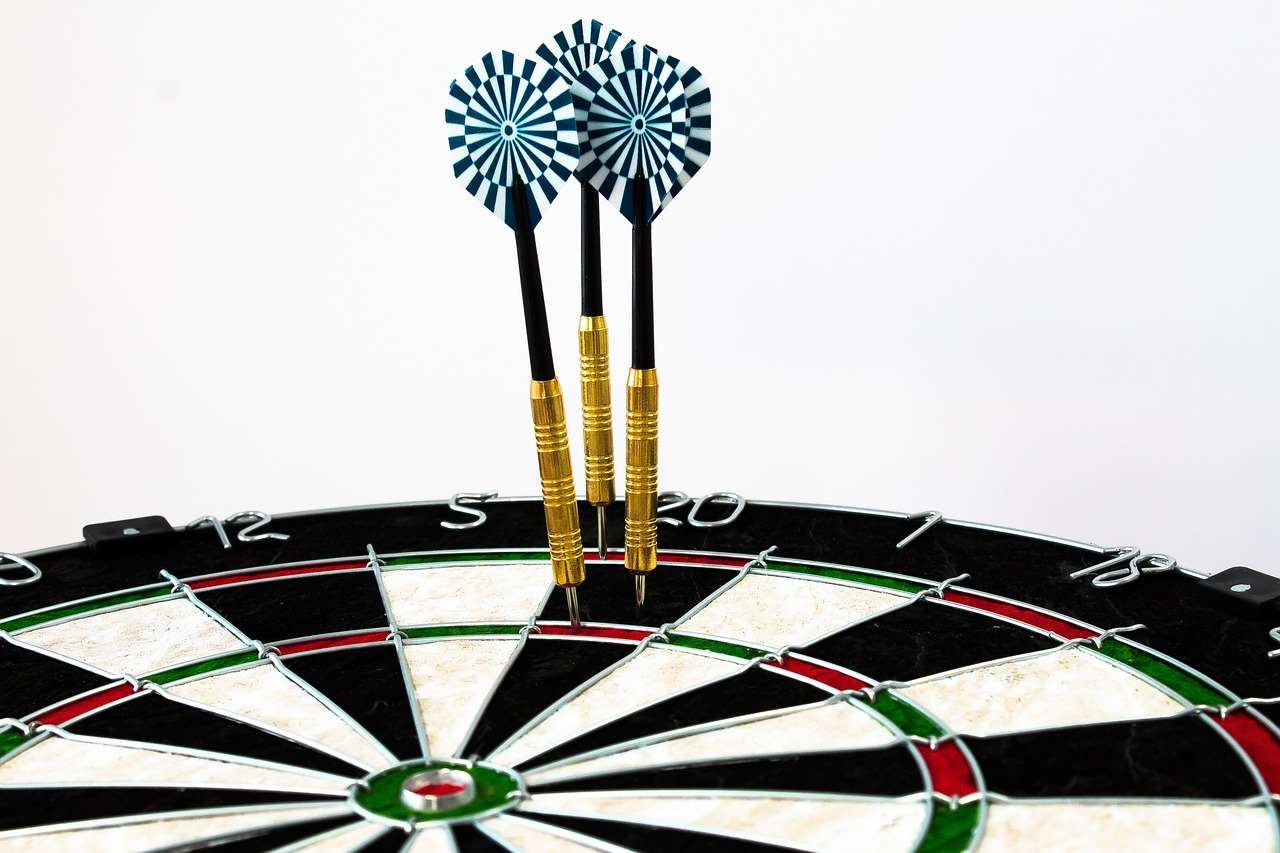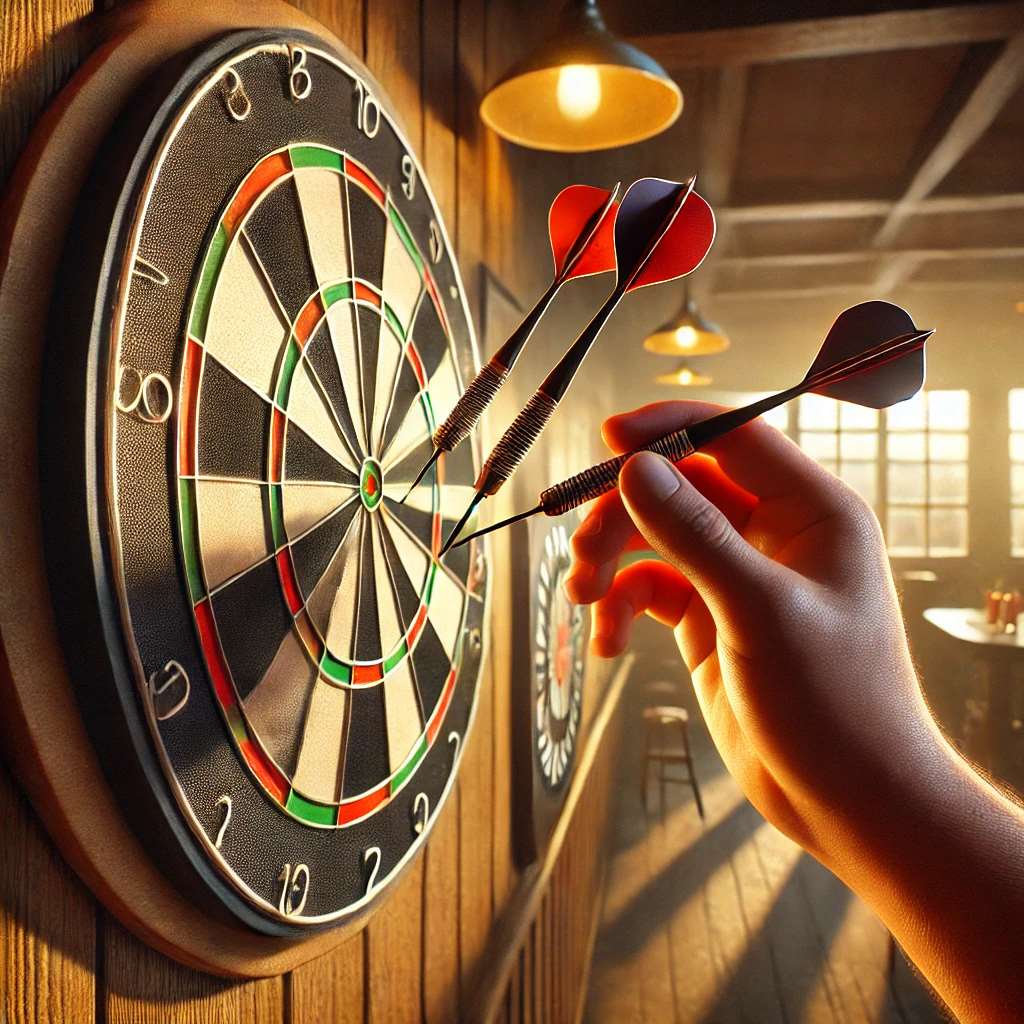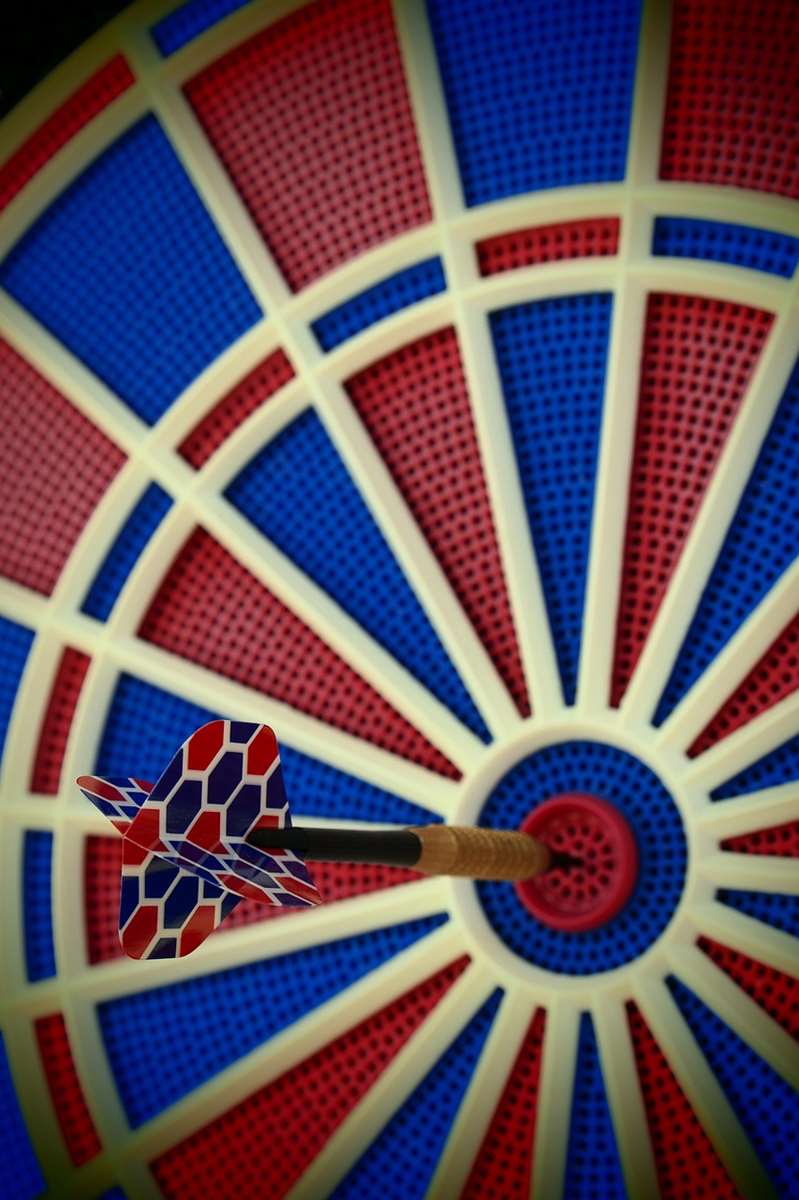Need to quickly grasp the basics of cricket? This article provides a cricket rules quick reference card equivalent, outlining the essential rules and gameplay elements for beginners and seasoned fans alike. We’ll cover everything from the pitch and equipment to batting, bowling, fielding, and common dismissals, ensuring you have a solid understanding of the game.
⚠️ Still Using Pen & Paper (or a Chalkboard)?! ⚠️
Step into the future! The Dart Counter App handles all the scoring, suggests checkouts, and tracks your stats automatically. It's easier than you think!
Try the Smart Dart Counter App FREE!Ready for an upgrade? Click above!
Understanding the Basics: What’s on your Cricket Rules Quick Reference Card?
A cricket rules quick reference card is designed to provide an at-a-glance overview of the game’s core principles. This includes:
- The Pitch: The central strip of ground between the wickets, meticulously maintained.
- The Wickets: Three stumps with two bails balanced on top at each end of the pitch.
- The Batsman/Batter: The player attempting to score runs by hitting the ball.
- The Bowler: The player delivering the ball towards the batsman.
- Fielders: Players positioned around the field to prevent runs and attempt dismissals.
The primary objective of cricket is for one team to score more runs than the other. This is achieved through batting, with batsmen attempting to hit the ball and score runs, while bowlers and fielders attempt to dismiss them. Matches can range from a few hours (T20) to several days (Test matches). Understanding these basics is the foundation for enjoying and appreciating the nuances of the game. The variants played affect the strategies used.

The Cricket Field and Equipment
The cricket field itself is an oval or roughly circular grassed area. While there’s no fixed size, the center of attention is the **pitch**, a rectangular area 22 yards (20.12 meters) long and 10 feet (3.05 meters) wide. Here’s a breakdown:
- The Pitch: This is where most of the action happens. It’s vital for both the bowler and the batsman. Its condition greatly influences the match.
- The Wicket: Comprising three stumps and two bails, the wicket is what the bowler aims at, and what the batsman defends.
- Creases: Lines marked on the pitch defining areas such as the popping crease (batsman’s safe zone) and bowling crease.
- Sight Screen: Placed behind the bowler’s arm at each end to provide a clear background for the batsman.
Essential equipment includes the bat (made of willow wood), the ball (a hard, leather-covered sphere), batsman’s protective gear (helmet, pads, gloves), and optional protective gear for fielders (leg guards, helmets, etc.). The ball’s condition, often manipulated through shining or scuffing, is a key factor influencing its movement in the air (swing) and off the pitch (seam). Adapting dart game rules, although a different sport, demonstrates a similar principle of modifying equipment influence.
The Laws of the Game: Batting
Batting is about scoring runs. Here’s a simplified view for your cricket rules quick reference card:
- Scoring Runs: A batsman scores runs by hitting the ball and running between the wickets.
- Types of Runs: Runs can be scored in singles, doubles, triples, or fours (ball crosses the boundary after bouncing) and sixes (ball crosses the boundary without bouncing).
- The Role of the Striker: The batsman facing the bowler is the striker.
- The Role of the Non-Striker: The other batsman stands at the non-striker’s end.
- Changing Ends: Batsmen typically swap ends after each completed run, or more after boundaries.
A key batting concept is “building an innings,” which involves carefully accumulating runs while minimizing the risk of dismissal. Strategies like rotating the strike (ensuring both batsmen face the bowling) and targeting specific bowlers are common tactics. Building partnerships is also crucial, as two batsmen working together can be much harder to dismiss than individuals. Beginner vs pro dart game rules, if written for cricket, would emphasize the difference in strategic depth between novices and expert batsmen.

Bowling and Dismissals: Getting Batsmen Out
Bowling is the art of delivering the ball to dismiss the batsman. Key aspects for your cricket rules quick reference card include:
- The Over: A sequence of six balls bowled by a bowler from one end of the pitch.
- Types of Bowling: Fast bowling (pace), spin bowling (using turn), and medium pace.
- Aim: To bowl the ball in a way that makes it difficult for the batsman to score runs or gets them out.
Dismissals are how batsmen are removed from the game. Common methods include:
- Bowled: The ball hits the wickets and dislodges the bails.
- Caught: A fielder catches the ball before it bounces after the batsman hits it.
- Leg Before Wicket (LBW): The ball would have hit the wickets if the batsman’s leg hadn’t been in the way (subject to several complex conditions).
- Run Out: A fielder dislodges the bails with the ball while the batsman is out of their crease.
- Stumped: The wicket-keeper dislodges the bails when the batsman is out of their crease and not attempting a run.
- Hit Wicket: The batsman dislodges the bails with their bat or body while playing a shot or starting a run.
Understanding these dismissal methods is essential for appreciating the strategic battles between batsmen and bowlers. Bowlers often employ variations in pace, swing, and spin to deceive batsmen and induce errors. The laws surrounding LBW are particularly complex and often debated. Adjusting dart game rules to suit different player skill levels demonstrates a different situation where rules are modified for gameplay balance.

Fielding Positions and Strategies
Fielding is all about preventing runs and taking catches. Understanding fielding positions is crucial for your cricket rules quick reference card:
- Common Positions: Slip, gully, point, cover, mid-wicket, mid-on, mid-off, fine leg, third man.
- Placement: Positions vary depending on the bowler, the batsman, and the state of the game.
- Importance of Catching: Taking catches is a vital way to dismiss batsmen and limit the opposition’s score.
Fielding strategies involve placing fielders in positions where they are most likely to intercept the ball or take a catch. Captains adjust fielding positions constantly based on the batsman’s tendencies, the bowler’s style, and the match situation. Good fielding can significantly impact the outcome of a match, saving runs and creating opportunities for dismissals. Consider that Darts for mixed ability groups can be fun while still creating different fielding scenarios is a difficult goal.
Key Terms and Concepts for your Cricket Rules Quick Reference Card
Here are some additional terms you might encounter when studying cricket:
- Innings: A team’s turn to bat.
- Over: Six consecutive balls bowled by a single bowler.
- Maiden Over: An over in which no runs are scored.
- No-Ball: An illegal delivery by the bowler, resulting in an extra run for the batting team.
- Wide: A delivery that is too far away from the batsman for them to score, also resulting in an extra run.
- Century: A score of 100 or more runs by a batsman in a single innings.
- Wicket-Keeper: The fielder positioned behind the batsman, specializing in catching balls that the batsman misses.
- All-Rounder: A player who is proficient at both batting and bowling.
Understanding these terms will greatly enhance your understanding of the game. Cricket has a rich vocabulary, and familiarizing yourself with these terms is key to following commentary and understanding strategic discussions. Sometimes people get frustrated with Scaling dart game difficulty but understanding the rules helps!

Variations of Cricket and Scoring Systems
Cricket comes in several formats, each with distinct rules and gameplay:
- Test Cricket: The longest format, typically lasting five days, with each team having two innings. Focuses on endurance and strategic depth.
- One Day International (ODI): A limited-overs format, typically lasting around eight hours, with each team having 50 overs. A balance of attack and defense.
- Twenty20 (T20): The shortest format, lasting around three hours, with each team having 20 overs. Emphasizes aggressive batting and fast-paced action.
Scoring varies by format, but the basic principle remains the same: the team that scores more runs wins. In Test cricket, a draw is possible if time runs out before either team can be dismissed twice. Limited-overs matches can also have complex tie-breaking rules. The format you’re watching will heavily influence the tactics and strategies employed by both teams. Modify dart games skill gap is a very different question than format in cricket.
Developing Your Understanding of Cricket Rules
While a cricket rules quick reference card is a great starting point, truly mastering the rules requires continuous learning. Here are some tips:
- Watch Matches: The best way to learn is by watching games and observing how the rules are applied in real-time.
- Read Cricket News and Analysis: Stay up-to-date with the latest developments and gain insights from experts.
- Play Cricket: If possible, playing cricket yourself is the best way to understand the nuances of the game.
- Consult Official Resources: Refer to the official websites of cricket governing bodies for the definitive rules.
Cricket is a complex and constantly evolving game, but with dedication and practice, you can become a knowledgeable and passionate fan. Don’t be afraid to ask questions and seek clarification on any rules or concepts that you find confusing. Practice Making darts games fair players.

Conclusion: Your Cricket Journey Begins Now
This article has provided a comprehensive cricket rules quick reference card, covering the essential elements of the game. From the pitch and equipment to batting, bowling, fielding, and dismissals, you now have a solid foundation for understanding cricket. Remember to explore the different formats, familiarize yourself with key terms, and continue learning by watching matches and reading about the game. Now, grab your bat (figuratively!), tune into a match, and put your newfound knowledge to the test. Happy cricketing!
Hi, I’m Dieter, and I created Dartcounter (Dartcounterapp.com). My motivation wasn’t being a darts expert – quite the opposite! When I first started playing, I loved the game but found keeping accurate scores and tracking stats difficult and distracting.
I figured I couldn’t be the only one struggling with this. So, I decided to build a solution: an easy-to-use application that everyone, no matter their experience level, could use to manage scoring effortlessly.
My goal for Dartcounter was simple: let the app handle the numbers – the scoring, the averages, the stats, even checkout suggestions – so players could focus purely on their throw and enjoying the game. It began as a way to solve my own beginner’s problem, and I’m thrilled it has grown into a helpful tool for the wider darts community.